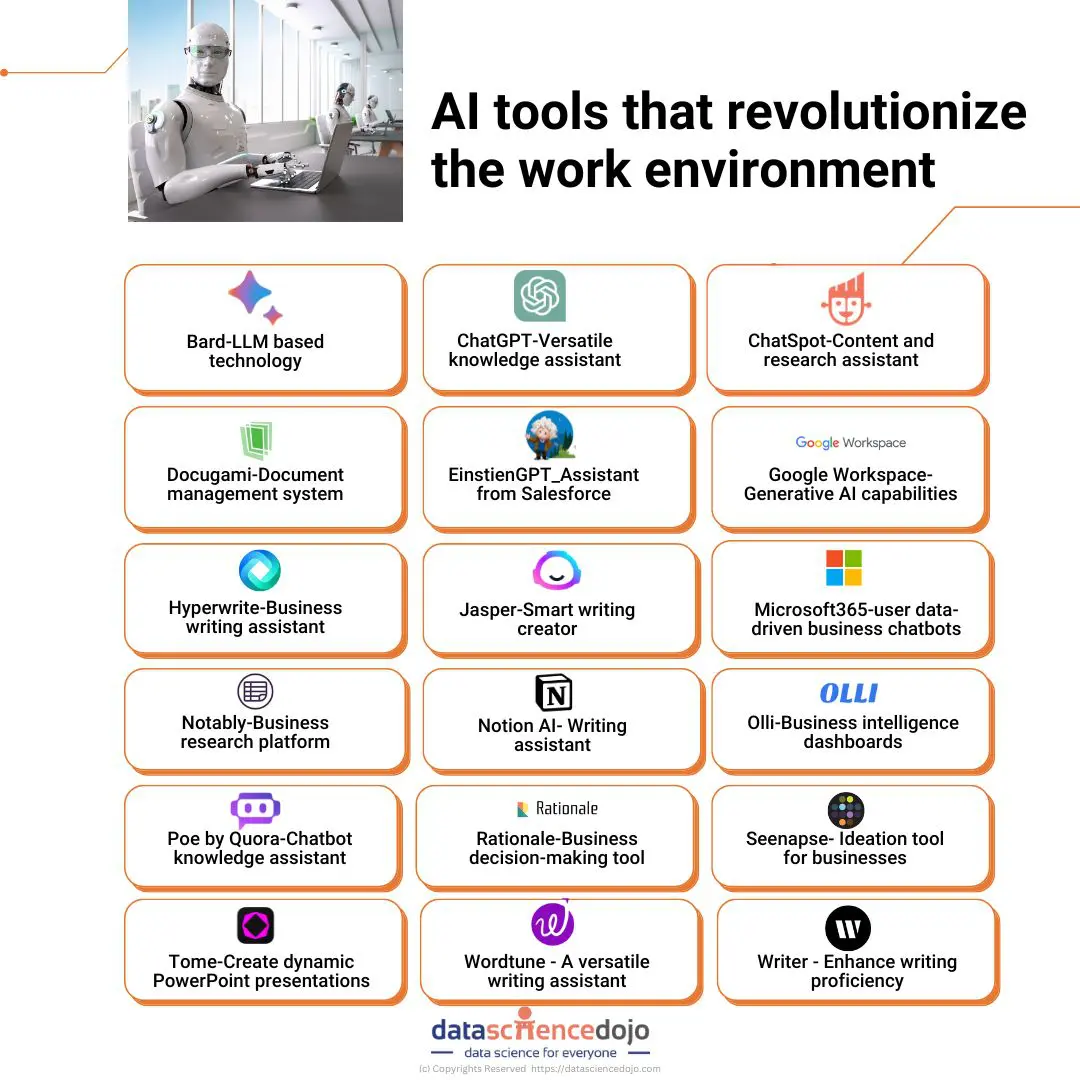
MInference: Revolutionizing Long-Context LLM Inference
Long-context LLMs have taken the world of artificial intelligence by storm, but their adoption has been hindered by the slow pre-filling stage. The pre-filling stage is a critical component of LLM inference, but it comes at a significant cost in terms of latency and computational resources. To address this challenge, researchers have developed MInference, a training-free, efficient method for the pre-filling stage of long-context LLMs based on dynamic sparse attention.
The Problem with Long-Context LLMs
Long-context LLMs face two major challenges: the long pre-filling stage attention latency and high storage and transfer costs for KV cache. Previous efficient methods for long-context LLMs have focused on KV-cache compression, static sparse attention, or distributed serving. However, these methods struggle to achieve acceptable latency for million-token level prompts with low cost and a single A100 GPU.
Dynamic Sparse Attention: The Key to Efficient Pre-filling
MInference leverages the dynamic sparse nature of LLMs’ attention, which exhibits some static patterns, to speed up the pre-filling for long-context LLMs. It first determines offline which sparse pattern each head belongs to, then approximates the sparse index online and dynamically computes attention with the optimal custom kernels. This approach achieves up to a 10x speedup for pre-filling on an A100 while maintaining accuracy.
Insights into Dynamic Sparse Attention
Attention, especially in long-context scenarios, is sparse and dynamic, i.e., the sparse patterns are largely different across inputs. This dynamic sparsity presents three unique spatial aggregation patterns that persist for all inputs: A-shape, Vertical-Slash, and Block-Sparse. These dynamic sparse indices can be approximated with minimal overhead online and speed up attention inference using a custom optimized GPU kernel.
Experiments and Results
We tested MInference across a range of scenarios, including QA, coding, retrieval-based tasks, multi-hop QA, summarization, and math tasks. We achieved up to 10x speedup for pre-filling on an A100 while maintaining accuracy.
 -caption: A modern high-tech office environment with numerous employees focused on their computers.
-caption: A modern high-tech office environment with numerous employees focused on their computers.
The Future of Long-Context LLMs
MInference has the potential to revolutionize the field of long-context LLMs by making them more efficient and accessible. With its ability to speed up the pre-filling stage, MInference can unlock the full potential of long-context LLMs, enabling them to tackle complex tasks with ease.
MInference algorithm diagram.
FAQs
Q1: How to effectively evaluate the impact of dynamic sparse attention on the capabilities of long-context LLMs? A1: By conducting experiments across various scenarios and tasks, we can gain insights into the effectiveness of dynamic sparse attention.
Q2: Does this dynamic sparse attention pattern only exist in long-context LLMs that are not fully trained? A2: No, dynamic sparse attention patterns can exist in fully trained LLMs as well.
Q3: Does this dynamic sparse attention pattern only exist in Auto-regressive LMs or RoPE-based LLMs? A3: No, dynamic sparse attention patterns can exist in various types of LLMs.
Q4: What is the relationship between MInference, SSM, Linear Attention, and Sparse Attention? A4: MInference builds upon the concepts of SSM, Linear Attention, and Sparse Attention to achieve efficient pre-filling for long-context LLMs.















